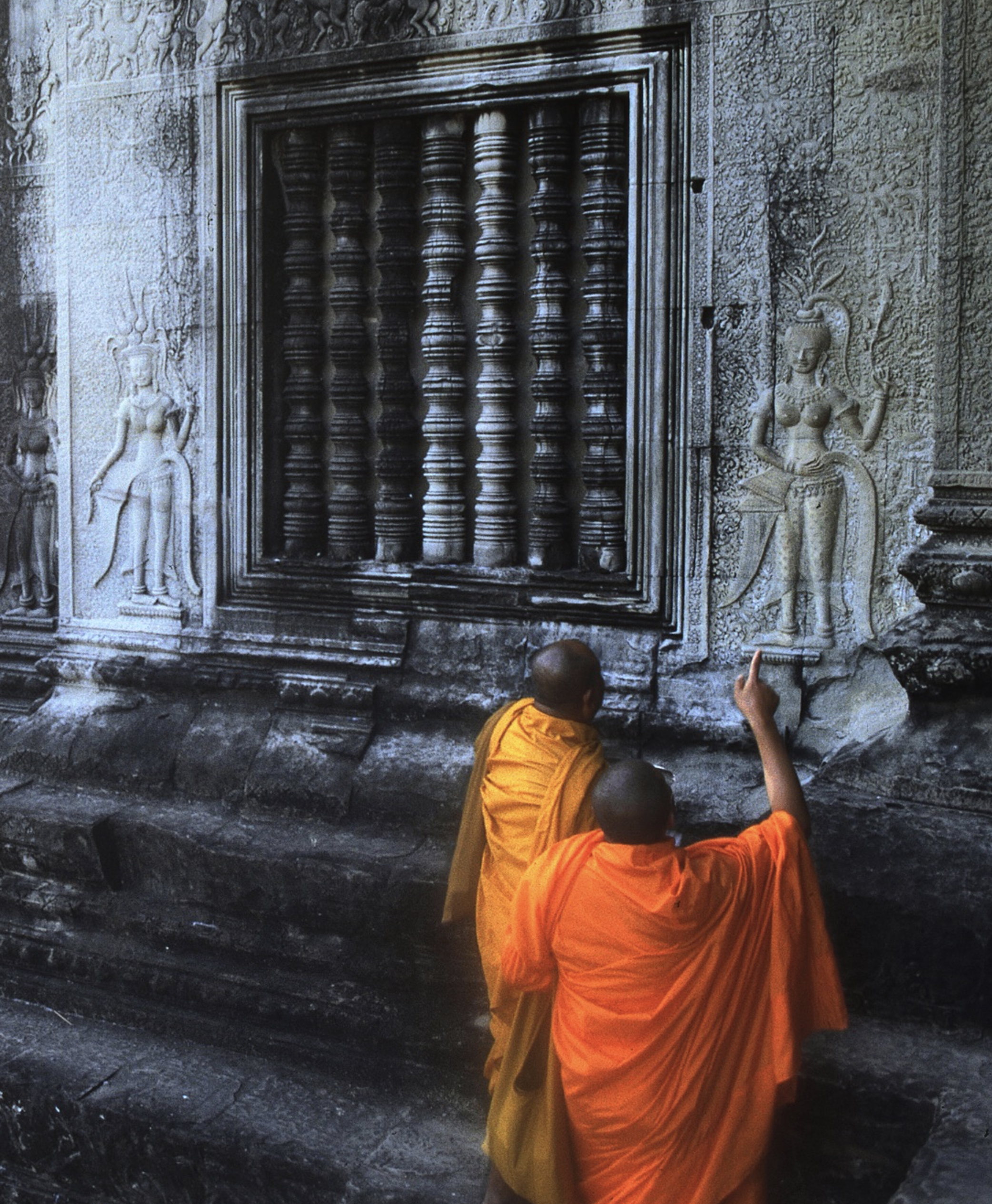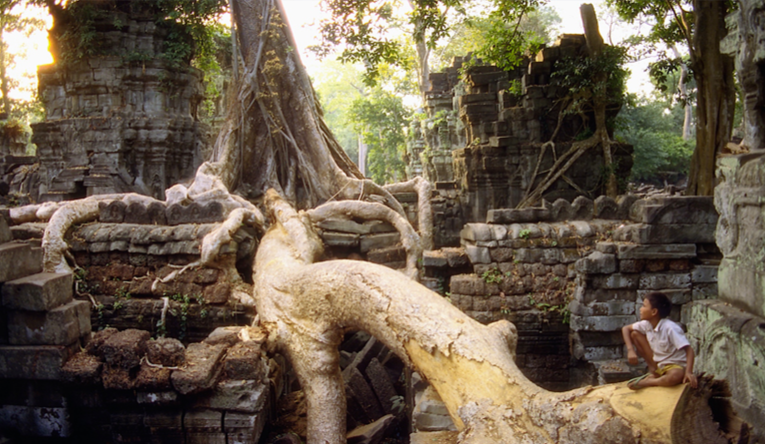A site so grandiose and renowned as Angkor Wat takes a little creativity (and a pre dawn wake up call) to appreciate and understand its magnificence in relative quiet. Entering Angkor from the East Gate (its so called back entrance) just prior to sunrise is our recommendation to avoid the day crowds.
Angkor Wat, temple complex at Angkor, was built in the 12th century by King Suryavarman II (reigned 1113–c. 1150). The vast religious complex of Angkor Wat comprises more than a thousand buildings, and it is one of the great cultural wonders of the world. The temple is the world’s largest religious structure, covering some 400 acres (160 hectares), and marks the high point of Khmer architecture.
The city of Angkor served as the royal centre from which a dynasty of Khmer kings ruled one of the largest, most prosperous, and most sophisticated kingdoms in the history of Southeast Asia. From the end of the 9th century until early in the 13th century, numerous construction projects were undertaken, the most notable of which was Angkor Wat. It was built by Suryavarman II as a vast funerary temple within which his remains were to be deposited. Construction is believed to have spanned some three decades.
From the main entrance (our exit point) a 188-metre bridge allows access to the site. The temple is reached by passing through three galleries, each separated by a paved walkway. The temple walls are covered with bas-relief sculptures of very high quality, representing Hindu gods and ancient Khmer scenes as well as scenes from the Mahabharata and the Ramayana.
Following our visit to Angkor Wat we then continue for a very special behind the scenes visit to the hilltop Temple Phnom of Bakheng. A popular but crowded spot for sunset, we take the steep but relatively short walk up and enjoy the stunning panoramic views at the top without the crowds, before our unique insight into the Archaeological work being done by the World Monuments Fund.
Our visit includes the World Monuments Fund's foremost Archaeological expert in addition to our own Travel Experts, who can help you truly appreciate this treasure trove of priceless ancient Khmer culture. Your visit also includes a donation to ensure this important facility continues to be well maintained.
PROGRAM CONCLUDES









